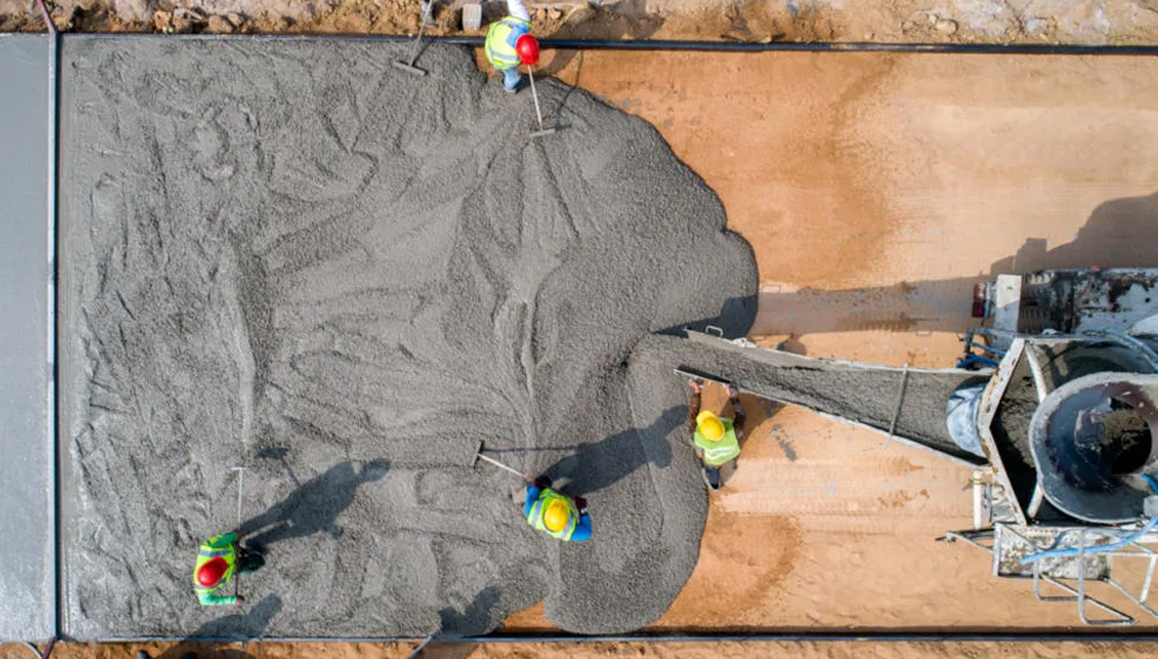
Common Issues and Solutions for the Use of Hydroxypropyl Methylcellulose (HPMC) in the Construction
2024-11-20 17:06In the construction industry, Hydroxypropyl Methylcellulose (HPMC) is widely used as an additive in building materials. It enhances the fluidity and adhesion of cement mortars, plaster, and tile adhesives. Although it offers many advantages, the use of HPMC also presents some common problems that affect its effectiveness and should be resolved through reasonable methods to ensure material performance and construction efficiency.
One of the main issues encountered when using HPMC is poor solubility. HPMC's solubility is greatly affected by water temperature; dissolving it in cold water is relatively difficult, which can lead to uneven mixing and reduced adhesiveness. A common practice is to first dissolve HPMC in hot water according to a specific ratio (generally recommended to be added after the water temperature cools to 70°C). If necessary, mechanical stirring equipment can be used to improve the uniformity of the solution.
Another issue is the insufficient water retention capability of HPMC. In high-temperature or windy environments, the water in the mortar evaporates too quickly, leading to insufficient curing time and affecting the final strength of the product. To address this problem, it is possible to add appropriate amounts of wetting agents or use HPMC with higher water retention. Additionally, adjusting the mix proportion or adding other water-retaining agents can effectively mitigate water rapid loss.
Moreover, viscosity control is critical when using HPMC. Different construction requirements necessitate adjustments to the viscosity of HPMC to meet specific application needs. For example, lower viscosity is needed for plastering, while higher viscosity is required for grouting. To precisely control the viscosity of HPMC, it is essential to select the appropriate type and amount of HPMC during material selection and mixing.
The incompatibility between HPMC and other materials cannot be ignored. Incompatibility may cause separation or reduced adhesion in the mixed materials. To solve this problem, it is recommended to conduct thorough compatibility tests in advance or choose appropriate auxiliary additives to enhance mutual compatibility.
Additionally, during prolonged storage, HPMC may undergo gelation, affecting its usage effects. This requires careful control of the storage environment, ensuring that HPMC is stored in a dry and cool place, sealed and away from light, to prevent degradation and gelation.
Although the use of HPMC in the construction industry brings many conveniences, it also faces challenges such as solubility issues, insufficient water retention, and viscosity control. By mastering the correct usage and precautions, these problems can be effectively avoided or solved, allowing HPMC to perform excellently in construction applications and improving construction efficiency and quality.

